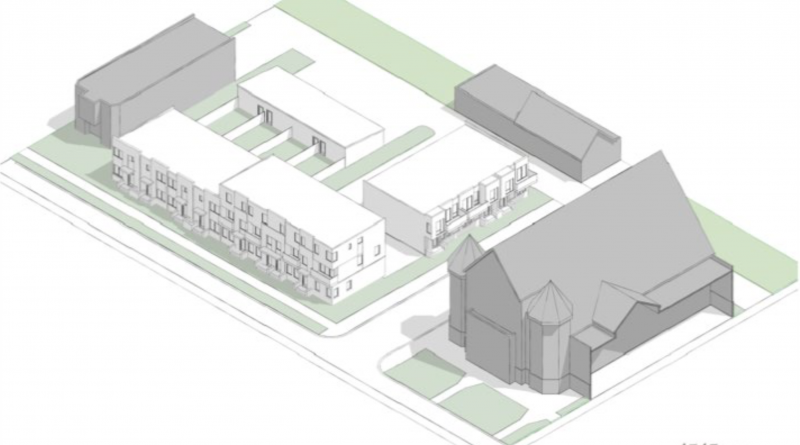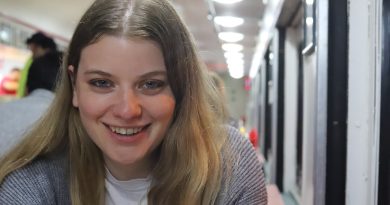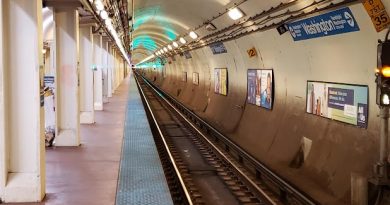Hubbard Farms Gets Serious About Density
I’m excited about a project that is about to go in on my block that will add eleven units to a roughly half-acre collection of lots at the corner of West Grand Boulevard and Porter Street in Southwest Detroit’s Hubbard Farms neighborhood. It will follow the completion of the Broderick Manor, a historic apartment building that has sat vacant for many moons. NIMBY pushback continues to hamper projects like these, which is why I am rallying support to make this one a success.
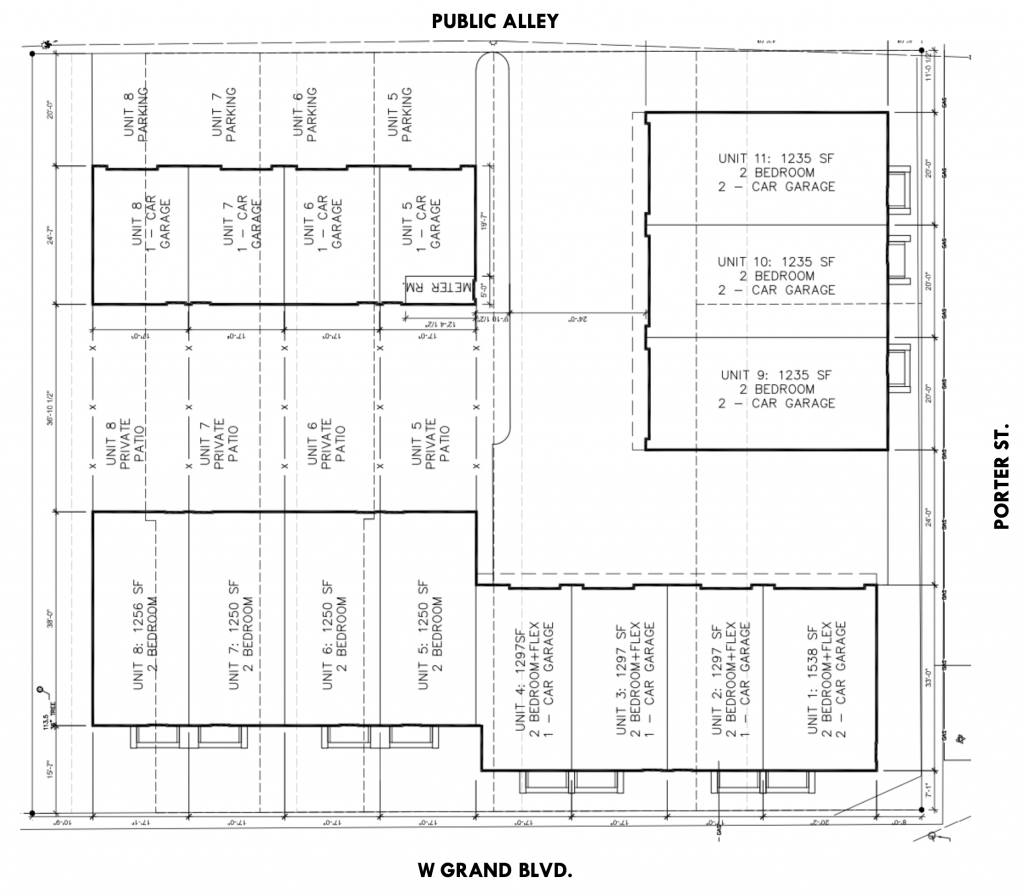
Development Climate
The project is being developed by Inkwell Partners, a new real estate development firm that has already completed a couple of projects in the neighborhood (where they are also based– at least half, with the other half living on the eastside, but still in the city!). A disclosure that as a resident and co-homeowner on this block, I obviously have a vested interest in the development of this site from a gross vacant lot into real buildings. But I’d point out that this development is good for everyone in the neighborhood because it will create a greater flow of residents to spend money in local businesses and contribute tax revenue to a city that could use it for good.
I’d also point out that before publicly endorsing this project, I specifically sought the commitment of the builders to complying with the latest mandated IECC standards in Michigan, which means that these buildings will be highly energy-efficient. (I did not feel too bad asking, seeing as I already work with architect Tim Flintoff on the SDBA program, and Devon Caldwell from Inkwell is my neighbor a couple of blocks over). This, you may recall, is one of my pet peeves: the fact that our energy code gets us most of the way to decarbonization, but no one follows it, and no cities enforce it. A tremendous pain in the ass, but also a burden on future generations, who will be saddled with growing, obnoxiously huge utility bills.
The site sits across from perhaps my absolute favorite neighborhood amenity, a prosperity theology church whose pastor parks his Mercedes S-Class right in front on the lord’s day. They have been using the site for parking (and parishioners block crosswalks and park in front of fire hydrants and bus stops, because why would you ever care about these things when you’re driving to church from somewhere else?). There’s also a bus stop for the (admittedly disappointingly-attended) Joy Road bus right here, which may one day prove to be another great amenity.
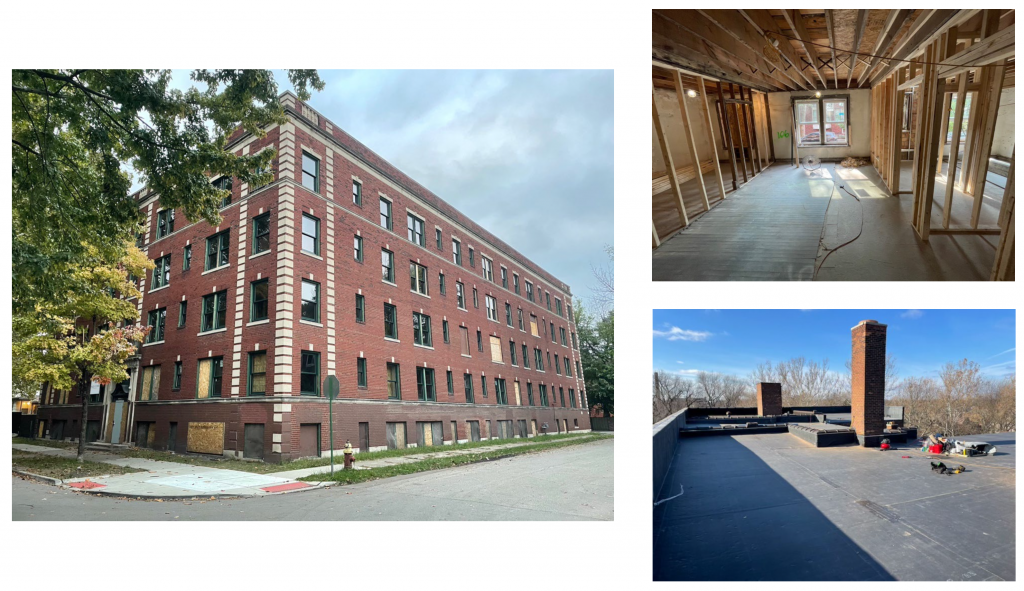
Density
If we’re estimating the site at about half an acre, adding 11 units means that we are getting to a density of approximately 22 d.u. per acre. That’s not as dense as we might like, but it’s definitely way denser than a vacant lot, and it’s unlikely that the city or the neighborhood would go for a denser development of this site without a grueling rezoning process. Recall that, like the meme says, this type of urbanism is illegal to build in most places!
Note that they’ve provided 15 parking spaces for 11 units, mostly in the format of enclosed garages. Four spaces are included in four two-car garages (on the units facing Porter Street and the corner unit. This technically exceeds the 1.5 spaces per unit standard, but I’ll allow it if they’re enclosed in garages (and if the site remains far denser and far more efficient than spreading these out over, say, eleven 10th-acre lots. A presentation last night to the Hubbard Farms Neighborhood Association, whose board I’ve just joined, mentioned an interest in pervious paving and stormwater-retentive landscaping if it can be properly negotiated.
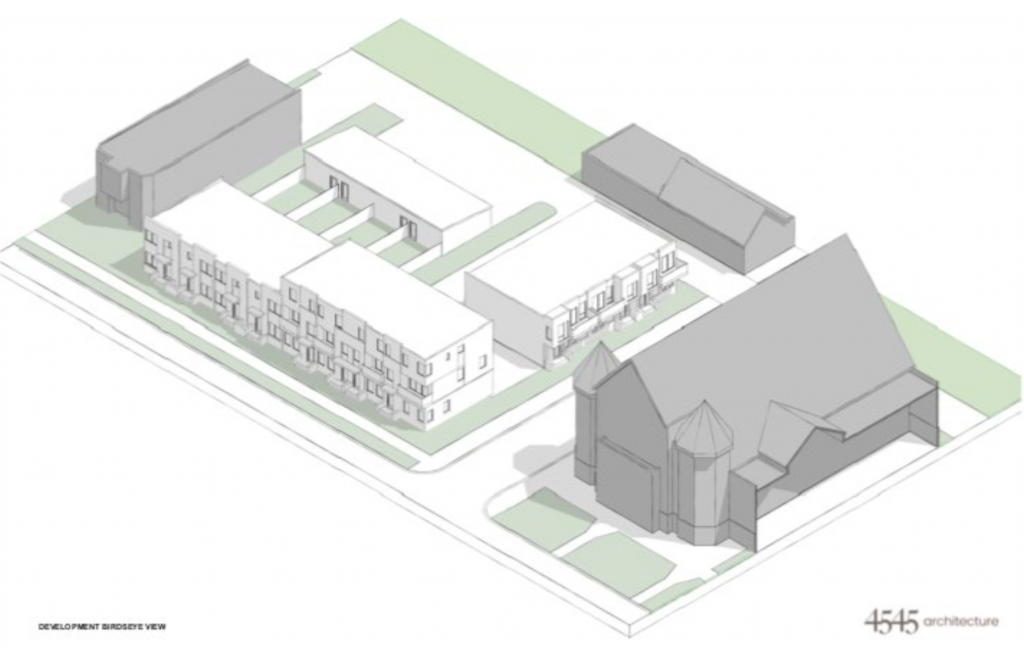
Get Involved!
Broderick is almost done, and this project is expected to break ground next spring or summer, if all of the stars align. This means that the better part of a hundred new housing units. will be added to a neighborhood that only has a few thousand people, which means as many as a couple hundred people who will be living here instead of, say, the burbs. To be clear, we need more of this– much more of this- but we can only have it if we have strong community support to encourage this type of development (and hold developers to high standards!).
The zoning hearing is on October 30th. You can help by writing to boardofzoning@detroitmi.gov and telling them that you support the development proposal for case 51-23 to develop these eleven units at the corner of W. Grand Blvd. and Toledo St. Feel free to expound upon your effusive positive vibes about YIMBYism, or just tell them you dig it. Participation in the civic process is vital for the equitable development of more sustainable cities, whether we are thinking about public safety, walkability and decreasing car dependency, or municipal revenues from a growing tax base. Hubbard Farms, as one of the greatest neighborhoods in the city, will, I hope, continue to welcome projects like this, La Joya Gardens, and many more to come.

